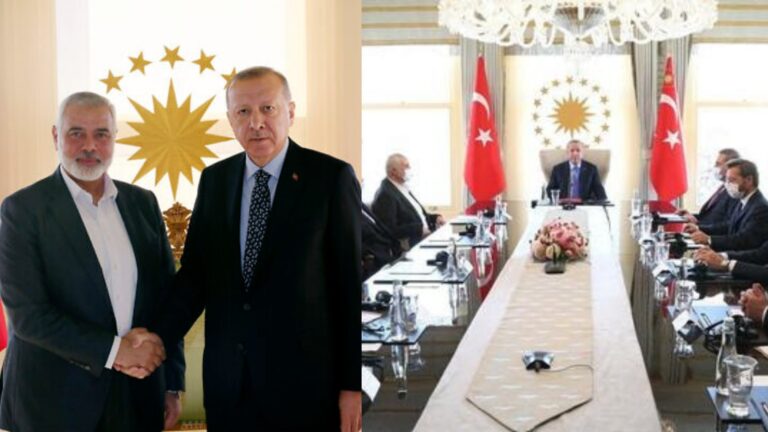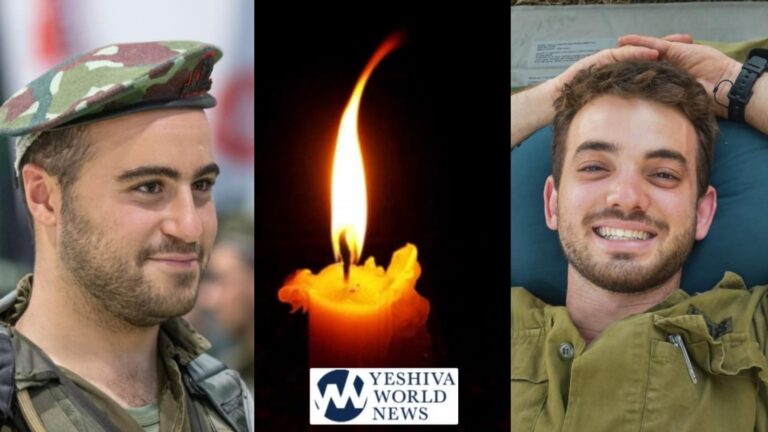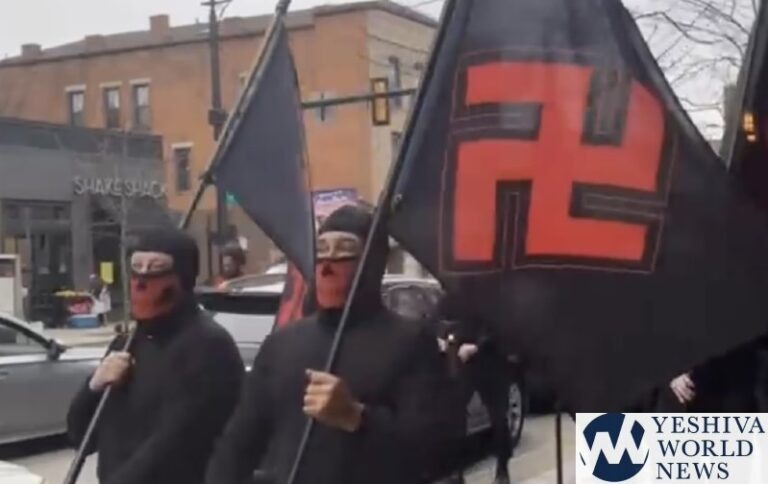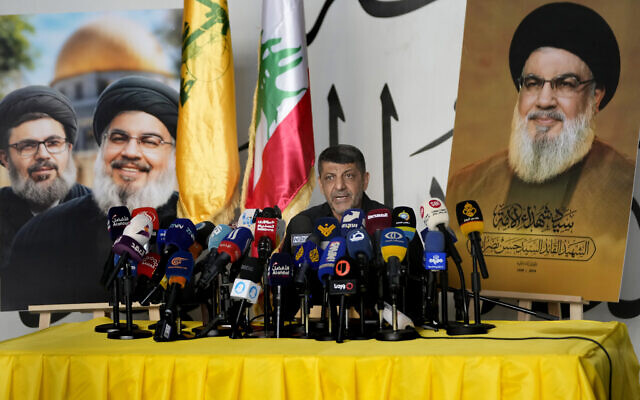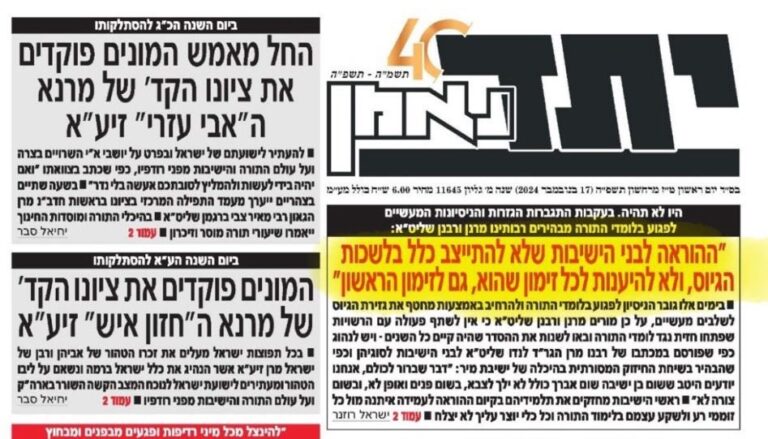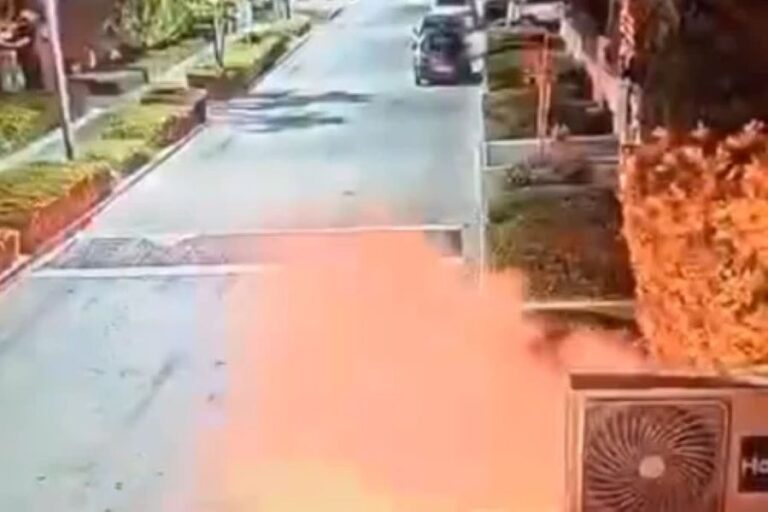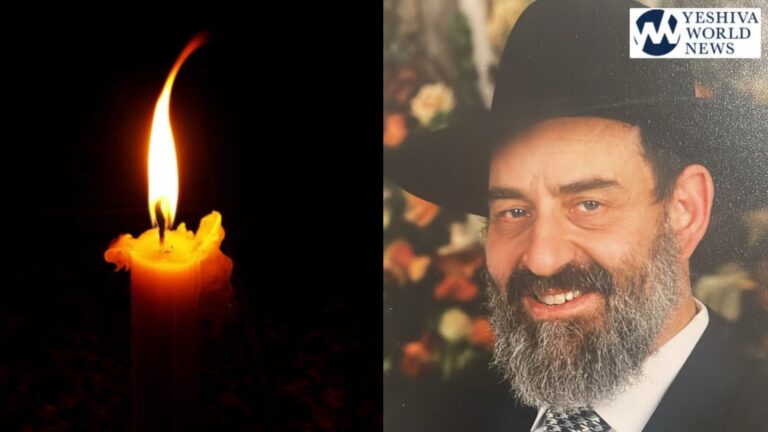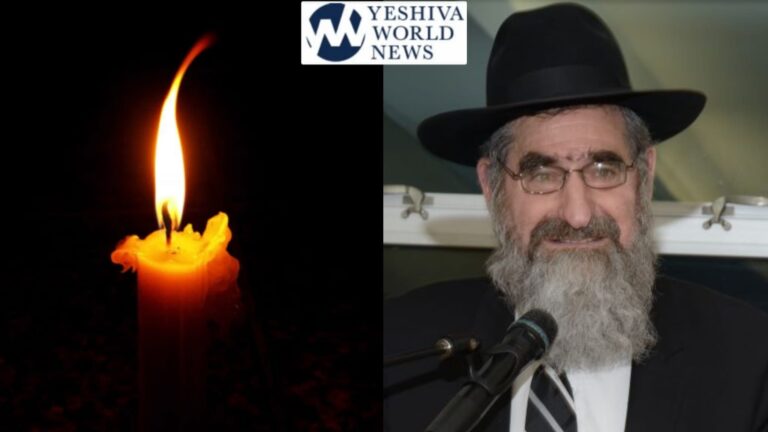 By the time of Abraham Lincoln’s inauguration on March 4, 1861, seven states had already voted to leave the Union and more were expected to follow. Officials in Washington were deeply concerned Confederates would make an attempt on Lincoln’s life as he rode in an open carriage to the Capitol with outgoing President James Buchanan. There was a scramble to assemble military and police protection for the event.
By the time of Abraham Lincoln’s inauguration on March 4, 1861, seven states had already voted to leave the Union and more were expected to follow. Officials in Washington were deeply concerned Confederates would make an attempt on Lincoln’s life as he rode in an open carriage to the Capitol with outgoing President James Buchanan. There was a scramble to assemble military and police protection for the event.
Officials are equally concerned about the safety of President-elect Donald Trump as he, like Lincoln, will ride to the Capitol for his inauguration on Friday. Some 28,000 military and police members will be assigned to keep Trump safe and to also protect the thousands expected to attend the inauguration.
So out of the ordinary was the military and police presence for Lincoln’s inauguration that journalist Benjamin Perley Poore wrote that the preparation was “of an unusual character.” He reported that aged Gen. Winfield Scott was the “ostensible director” of security on that cold and blustery day of Lincoln’s inauguration. Scott had made his headquarters at a restaurant near the War Department and “rode around the city in a low coupe drawn by a powerful horse.”
Scott, by 1861, was not only long past his military prime and was also reported to have weighed more than 300 pounds – so large was he that he could no longer mount a horse and had to use carriages instead.
According to Poore, “the real director of the military operations was Colonel Stone, of the regular army, who had been organizing the military of the District, and who had a very respectable force at his command. He had a battalion of the United States Engineer Corps directly in the rear of the President’s carriage, and sharpshooters belonging to a German company were posted on buildings all along the route.”
The sharpshooters were told to, “keep a vigilant watch as the President’s carriage approached, and to fire at any one who might aim a weapon at the President. There was also a large force of detectives stationed along the route and at the Capitol.”
The next concern was Lincoln’s exposure when he gave his inaugural address on the steps outside the Capitol and before a huge crowd. Then he was sworn in, the reverse of how it is done now.
The New York Tribune editor, Horace Greeley, sat behind Lincoln during the speech. He later wrote that he was “expecting to hear its delivery arrested by the crack of a rifle aimed at his heart, but it pleased God to postpone the deed, though there was forty times the reason for shooting him in 1860 that there was in ’65, and at least forty times as many intent on killing or having him killed. No shot was then fired, however; for his hour had not yet come.”
Special to The Washington Post · Linda Wheeler

